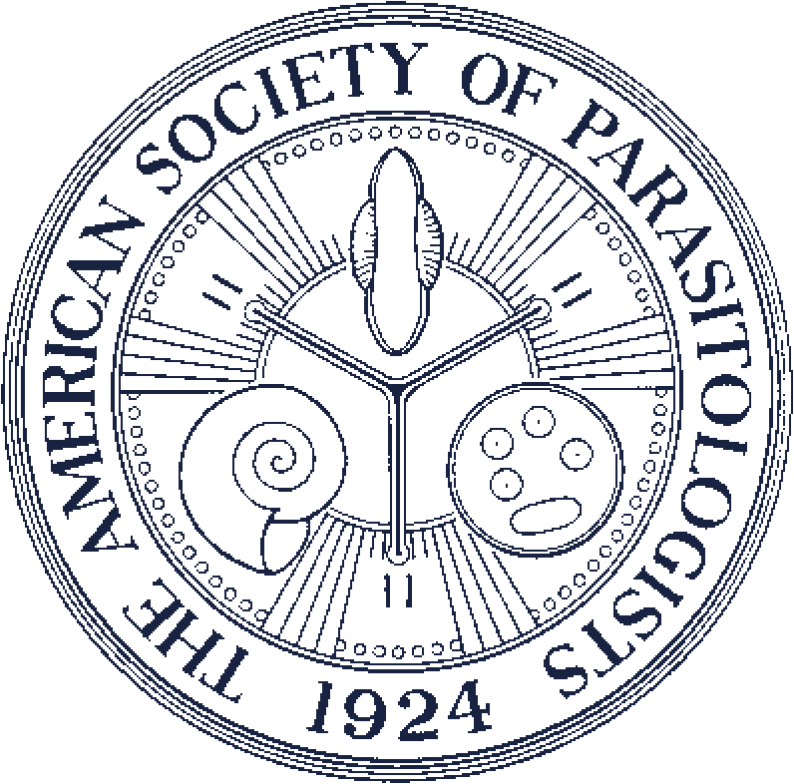Molecular Assessment of Apicomplexan Parasites in the Snake Psammophis from North Africa: Do Multiple Parasite Lineages Reflect the Final Vertebrate Host Diet?
Abstract
The Apicomplexa are intracellular pathogens of animals, with the Coccidia being the largest group. Among these are the hemogregarines, which include some of the most common hemoparasites found in reptiles. Several studies have reported a possible pattern of prey–predator transmission for some of these parasites. Snakes from the Mediterranean region have been found to be parasitized with Hepatozoon spp. similar to those in lacertids and gekkonids, supporting the prey–predator transmission hypothesis. Here we analyzed specimens of the saurophagous genus Psammophis from North Africa, an ecologically different region. Through molecular analysis of tissue samples we detected 3 different apicomplexan parasites: Caryospora, Sarcocystis, and Hepatozoon. Caryospora was detected in a Forskål's sand snake Psammophis schokari from Algeria, constituting the first time these parasites have been detected from a tissue sample through molecular screening. The obtained Sarcocystis phylogeny does not reflect the relationships of their final hosts, with the parasites identified from snakes forming at least 3 unrelated groups, indicating that it is still premature to predict definitive host based on the phylogeny of these parasites. Three unrelated lineages of Hepatozoon parasites were identified in Psammophis, each closely related to lineages previously identified from different lizard groups, on which these snakes feed. This once again indicates that diet might be a key element in transmission, at least for Hepatozoon species of saurophagous snakes.

Map of the study area containing the locations of the analyzed samples. Black dots indicate samples negative for Hepatozoon parasites; the open circles indicate positive ones, which are identified with the assigned codes. Also identified are the samples positive for Sarcocystis (DB2234 and DB5) and Caryospora (DB2236) infections.

Estimate of relationships for Caryospora based on a Bayesian analysis using the GTR+G model. Bootstrap values for ML are given below relevant nodes; Bayesian posterior probabilities are given above them. When values were 100%, this is indicated with an asterisk. The new sequence is indicated in bold.

Estimate of relationships for Sarcocystis based on a Bayesian analysis with the HKY+I+G model. Bootstrap values for ML are given below relevant nodes; Bayesian posterior probabilities are given above them. When values were 100%, this is indicated with an asterisk. The new sequences are indicated in bold.

Estimate of relationships for Hepatozoon based on a Bayesian analysis with the use of the TVM+G model. Bootstrap values for ML are given below relevant nodes; Bayesian posterior probabilities are given above them. When values were 100%, this is indicated with an asterisk. The new sequences are indicated in bold. The branch length leading to Hepatozoon sipedon was shortened to half purely for presentation purposes.
